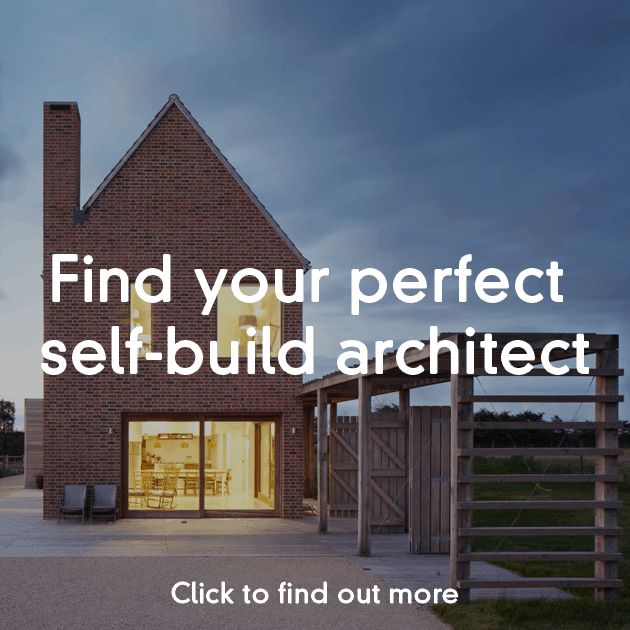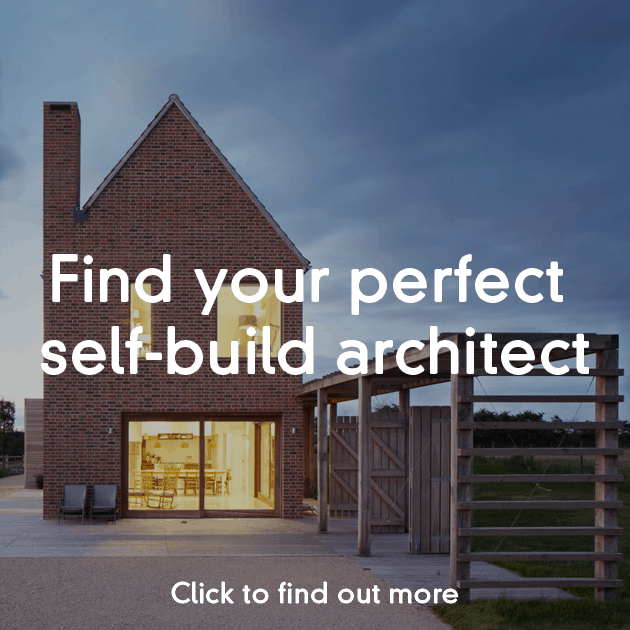Sponsored post
Long-lasting building materials are highly sought after. Nobody wants a home, office, or property extension built from materials that aren’t made to last.
Aesthetics are one thing but as materials start to wear away, the structures themselves become compromised. This isn’t just an expensive problem to fix, it also poses a significant health and safety risk. Therefore, it’s important to use the right materials from the get-go.
In this article, we will be sharing the seven building materials that stand the test of time.
1. Timber
Timber is one of the oldest construction materials available and is popular for its many uses, aesthetic qualities, and light weight. Some of the oldest buildings in the world, such as the Horyu-ji temple in Japan, were built from timber and have been standing for centuries. The advantages of timber include:
- Timber products come from trees, a naturally renewable resource
- Timber stores carbon, reducing the carbon in the atmosphere
- Timber is affordable and widely used
- Timber has good strength to weight ratios
- Timber is naturally insulating
Construction projects focused on energy efficiency will often use timber because it is extremely lightweight and has insulating benefits. In addition, timber-framed buildings allow for insulation to be placed in between the frames without having to increase wall, ceiling, or floor thickness, making construction easier and more efficient.
Still used by architects and construction workers all over the world, timber remains one of the most popular and long-lasting building materials.
2. Steel and Iron
As structures have become taller, load-bearing walls have become more important than ever. This is where steel comes in useful. Steel can be embedded into concrete to provide an extra layer of support to a structure or perhaps form the foundation itself.
Steel can also be prefabricated for quick and easy installs. It can be welded, riveted, roll formed, or bolted in place for a secure and long-lasting finish that is made to stand the test of time. According to Southern Sheeting, “Roll formed steel sheets are used for both roofing and cladding and most often seen in agricultural and industrial buildings.” The benefits include:
- Durability
- Cost efficiency
- Design flexibility
- Low emissions
- Recyclability
- Lower project costs
- High strength
- Aesthetic appeal
3. Brick
Brick is a sturdy building material that has been used for thousands of years for its durability. The reason brick is such a durable material is that, when heated through a kiln at up to 2,000 degrees, the clay particles fuse together to form a building material that is extremely long lasting. The advantages of bricks as a building material include:
- Resistant against high pressure and frost
- Do not shrink or expand when temperatures fluctuate
- A non-combustible material
- Are available in many colours and textures
- Easy to build with
- Widely affordable and available
It’s no wonder that brick remains one of the most popular and long-lasting building materials to date!
4. Stone
From small cottages to medieval castles, building with stone has always been popular. Alongside timber and clay, stone is one of the world’s oldest building materials and is known for its intense longevity. Stone is extremely popular for its aesthetic value, and it will likely remain one of the most reliable and popular construction materials for years to come.
Frequently used in residential projects as stone cladding, walls, counter tops, or tiles, there is no material quite like it. Stone can be stacked without mortar and support very heavy loads. What’s more, it is resistant to changeable weather, deforming, and able to withstand fire. Summarising some of the many benefits:
- Extremely durable
- Can help maintain comfortable interior temperatures
- Maintenance free
- Naturally aesthetically pleasing
- Provides good insulation
- Natural and non-toxic
- Resistant to wind, fire, temperature changes, rot, water, and bugs
- Requires very little processing, unlike other building materials.
5. Concrete
Concrete is everywhere. It’s used to build our roads, houses, schools, offices, foundations, and more. Concrete is made up of numerous materials like stone and sand that are combined with a blend of cement and water. This mixture, when wet, can be poured into moulds, hardened, and then transported.
Concrete can also be reinforced with steel bars or mesh sheets for an end result that is extra strong and ideal for walls, beams, slabs, and foundations (to name a few!) The benefits of concrete are numerous:
- Durability in any environment
- Affordable material
- Unparalleled strength, resilience, and longevity
- Will not burn, rot, or rust
- Versatile – it can be moulded into any shape, colour, pattern, or finish
- Vibration and sound insulating
- Low maintenance requirements and costs
6. Composite Materials
Composite materials are taking the construction industry by storm. Made by combining two materials with different chemical and physical properties, composites are hybrid materials which are strong, light, and highly durable. There are many types of composite materials, and they can be used for a wide range of construction purposes. The benefits of composite materials include:
- Extremely durable for use in extreme environments
- Faster construction times
- Light weight composition
- Flexible in terms of shape, texture, and colour
- Can be made fire resistant
- Can handle high stress
- Corrosion resistant
Building with composite materials also has a positive impact on the environment, requiring less use, transportation, and installation of materials. The versatility of composites opens the door for greener construction helping to boost the availability of sustainable buildings and eco-friendly architecture.
7. Aluminium
Aluminium is a popular and sustainable building material used in construction projects of all sizes. It became particularly popular in the 1930s after it was used to form the interior structures and famous spire of the Empire State Building. It was then used in the form of wall panels, roofing, and much more.
Aluminium is widely used in construction because of its lightness and resistance to corrosion, as well as the following benefits:
- Lightweight
- Corrosion resistant
- Reflectivity
- Recyclable
- Flexible and easy to shape
- Requires minimal maintenance
Final Words
So, there you have it – seven building materials that stand the test of time. As the construction industry adapts to new, sustainable practices and greener buildings, reliable materials that will remain in high demand. The materials we have listed in this article are some of the best and longest lasting you can hope for!
Need some professional design advice?…
Design for Me is a free platform to help you quickly find the right design professional for your home project. My name is Emily Barnes and as a residential architect myself, I started Design for Me after finding that talented and innovative smaller firms and individuals, who are perfectly placed to design new homes, extensions and renovations, can often get buried under the online profiles of large commercial companies.
Before Design for Me, the right design professional was very difficult to find!
Once you register your project, we’ll match it with 100s of top architects or interior designers in your area and beyond, and you can see who may be available and eager to work on your project straight away.
- quickly see who’s interested in your job
- create a shortlist
- invite up to three for a no-obligation consultation
Emily Design for Me

